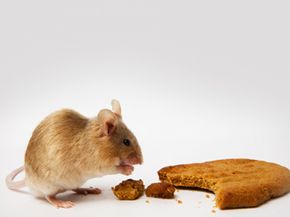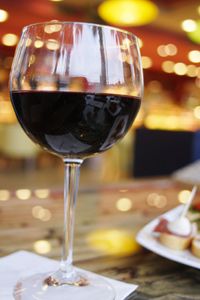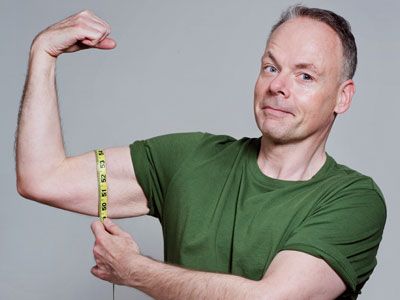If you were a child or had a child sometime after 1985, then you may be familiar with Laura Joffe Numeroff's book "If You Give a Mouse a Cookie." In the book, we learn that if you give a mouse the aforementioned cookie, he'll want a glass of milk, which will lead into a whole host of requests on the part of the mouse -- an entire laundry list of demands that might try the patience of even the most giving soul. The next time you're considering giving a rodent a treat, though, consider this: If you don't give that mouse the cookie, he could live forever.
That's not just the premise for another adorable children's book; scientists have known since the 1930s that restricting the caloric intake of mice causes them to live much longer than they might otherwise. Same goes for other creatures, like worms and fruit flies. Now, you might be thinking that you don't really care if mice live longer, particularly if they're greedy creatures in constant need of milk and cookies, but what researchers are learning from these mice could have very important implications for us.
Advertisement
We need only glimpse at the number of fast food restaurants and the statistics of increasing childhood obesity to know that many of us would have a tough time with a calorie-restricted diet, and besides, this is no easy diet, no matter how strong your willpower. To increase their life spans by about 40 percent, the mice had to consume at least 30 percent fewer calories while still maintaining a diet that included all necessary vitamins and minerals [source: Mason].
That's a difficult diet, though there have been times when such a regimen would have served our ancestors. Evolutionary biologists believe that we may have developed the ability to use caloric restriction to prolong life in times of great famine. By eating less, we lived longer, but we were less likely to reproduce; this would have ensured that we weren't bringing forth young that would only starve. During times of plenty, we eat, we breed and then, having done our evolutionary duty, we die.
While researchers have figured out why such a diet would be useful and how to replicate the results in lab animals, it wasn't known until recently how the process of extending life through caloric restriction worked. As it turns out, the success of calorie restriction could be due to a single gene, and understanding this gene could have huge consequences for our own aging process.
Advertisement




